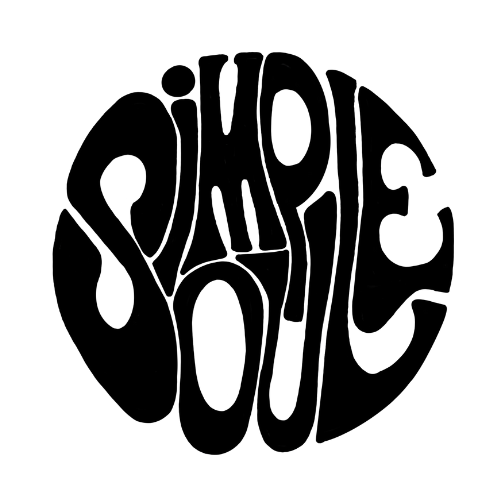With a myriad of ingredients, claims, and certifications, it's easy to feel overwhelmed just trying to read a skincare label.
However, learning how to read and interpret skincare product labels is crucial for making informed choices about what you apply to your skin.
This guide will help you decipher the information on skincare labels, ensuring you select products that align with your skin's needs and your personal values.
The Importance of Reading Skincare Labels
Reading skincare labels helps you understand what you're putting on your skin. This knowledge empowers you to make choices that are better suited to your skin type, concerns, and preferences. By understanding the ingredients and their functions, you can avoid products that contain harmful or irritating substances.
Skincare labels provide essential information about the product's safety and efficacy. They list active ingredients, potential allergens, and usage instructions, helping you use the product correctly and safely. Additionally, understanding the concentration of active ingredients can give you insights into the product's effectiveness.
Key Elements of a Skincare Product Label

Ingredient List
The ingredient list is one of the most critical parts of a skincare label. Ingredients are usually listed in descending order by weight, with the most prominent ingredients listed first. Here are some tips for interpreting the ingredient list:
- Top Ingredients: The first few ingredients typically make up the bulk of the product. Pay close attention to these, as they have the most significant impact on your skin.
- Active Ingredients: These are ingredients specifically added for their therapeutic effects, such as salicylic acid in acne treatments or hyaluronic acid in moisturizers.
- Potential Irritants: Be aware of common irritants like alcohol, fragrance, and certain preservatives. If you have sensitive skin, look for products labeled as "fragrance-free" or "alcohol-free."
- Natural vs. Synthetic: Ingredients with botanical names (e.g., Aloe Barbadensis Leaf Juice) are usually natural, while those with chemical-sounding names tend to be synthetic. Both types can be beneficial, but it's essential to know what works best for your skin.
Claims and Certifications

Skincare labels often include various claims and certifications that can guide your purchasing decisions.
It's important to note that these are not official labels- meaning the icon one company uses may not be the same on another company. Usually you can read what each means within the icon itself.
Understanding these claims can help you choose products that align with your values and needs:
- Hypoallergenic: Indicates the product is less likely to cause allergic reactions. However, this term is not regulated, so always check the ingredient list for potential allergens.
- Non-Comedogenic: Means the product is formulated to not clog pores, making it ideal for acne-prone skin.
- Organic: Products labeled as organic should contain ingredients grown without synthetic pesticides or fertilizers.
- Cruelty-Free: Indicates the product was not tested on animals. Look for logos from organizations like Leaping Bunny.
- Vegan: Signifies that the product does not contain any animal-derived ingredients.
Usage Instructions
Proper usage is crucial for achieving the desired results from your skincare products. Labels typically include instructions on how to use the product, how often, and in what order to apply it within your skincare routine. Following these instructions ensures that you're using the product effectively and safely.
Expiration Date and PAO Symbol
Skincare products have a limited shelf life, and using expired products can be ineffective or even harmful. There are two key indicators of a product's longevity:
- Expiration Date: Some products, especially those with active ingredients like sunscreens or acne treatments, have a printed expiration date.
-
PAO Symbol (Period After Opening): Represented by an open jar icon with a number inside (e.g., 3M), this symbol indicates the number of months a product is safe to use after opening.

Reading and understanding skincare product labels is a vital skill that empowers you to make informed choices about your skincare routine.
By familiarizing yourself with the ingredient list, claims and certifications, usage instructions, and expiration information, you can select products that are safe, effective, and aligned with your values.
With this knowledge, you can confidently navigate the skincare aisle and build a routine that promotes healthy, radiant skin.
Your next step is to find companies who's labelling you can trust. We're pretty partial to ourselves (obviously).

